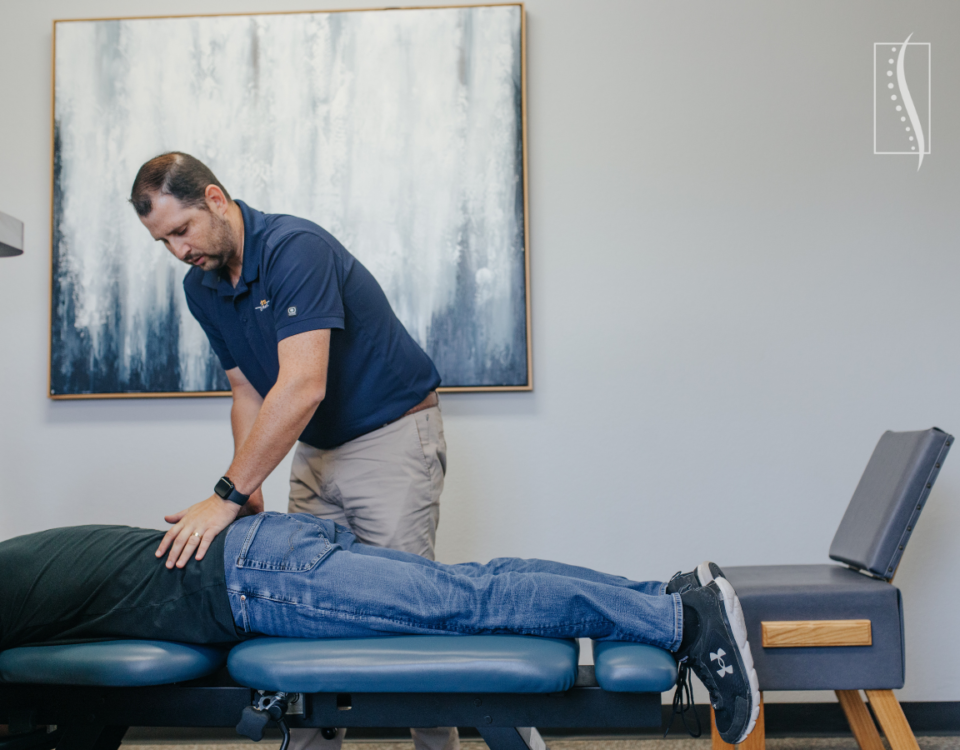
TMJ Pain and Effective Treatment Options
January 10, 2024
Non-Surgical Carpal Tunnel Syndrome Treatment
January 24, 2024As we dive into 2024, many individuals strive to improve their physical well-being by setting goals such as exercising regularly, eating a healthier diet, losing weight, or adopting a more active lifestyle. If you are an avid runner or a newly inspired athlete, don’t let IT Band Syndrome doesn’t knock you down.
IT Band Syndrome, also known as iliotibial band syndrome, is a common injury that affects many athletes, particularly runners and cyclists. This condition can cause significant discomfort and hinder performance. Dr. Claudia Zavala, an elite athlete herself, specializes in addressing the causes,
symptoms, and treatment options for IT Band Syndrome.
What is IT Band Syndrome?
The iliotibial band is a thick band of connective tissue that runs along the outer thigh, from the hip to the knee. IT Band Syndrome occurs when this band becomes inflamed or irritated, leading to pain and discomfort. The primary function of the IT band is to stabilize the knee during movement, particularly during activities such as running and cycling.
Common Causes of IT Band Syndrome
- Overuse and Repetitive Motion: Engaging in activities that involve repetitive motion, such as running or cycling, can put excessive strain on the IT band, leading to inflammation and pain.
- Muscle Imbalances: Weak hip abductor and gluteal muscles, combined with tightness in the IT band and surrounding muscles, can contribute to this syndrome.
- Incorrect Training Techniques: Sudden changes in training intensity, improper footwear, or inadequate warm-up and cool-down routines can increase the risk of development.
- Structural Issues: Misalignments or abnormalities in foot and knee alignment, can lead to this ITBS.
Symptoms
- Pain on the outer side of the knee, often described as a sharp or burning sensation.
- Discomfort that worsens with activity, especially during repetitive knee bending movements.
- Swelling and tenderness along the outer thigh or knee area.
- A clicking or snapping sensation as the knee bends and straightens.
Treatment Options
- Rest and Recovery: Taking a break from activities that aggravate the symptoms allows the inflamed IT band to heal. Prevention is much easier than correction!
- Realignment: Targeted adjustments to the tibia and ankle to restore proper movement and function are important to both correct and prevent ITBS.
- Spot Cryotherapy: The targeted freezing temperature reduces pain and stimulates white blood cells to optimize healing. An at-home approach using ice packs or heat pads can help reduce pain and inflammation.
- Cold Laser Therapy: Cold Laser Therapy helps to minimize pain and decrease swelling and inflammation by pushing the inflammatory cells away from the tissue. .
- Proper Equipment and Technique: Ensuring proper footwear, using appropriate training techniques, and implementing effective warm-up and cool-down routines can help prevent and manage this painful issue.
IT Band Syndrome can be a frustrating and painful condition for athletes and active individuals. Understanding the common causes and recognizing the symptoms are crucial in seeking appropriate treatment. Dr. Claudia Zavala, clinic doctor at TexStar Chiropractic’s Belterra/Dripping Springs location, specializes in addressing IT Band Syndrome through targeted adjustments of the tibia and ankle, helping patients restore proper movement and function. If you are experiencing symptoms of IT Band Syndrome, don’t hesitate to seek professional help and take the necessary steps toward recovery and continued physical activity.



